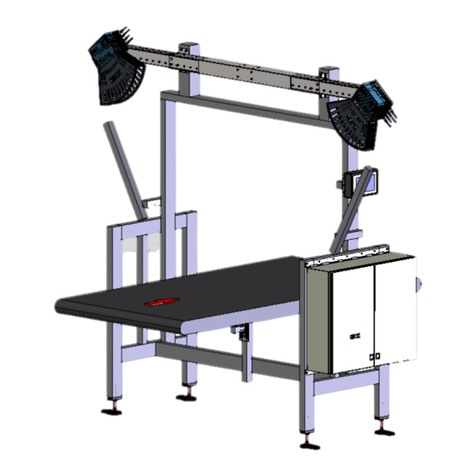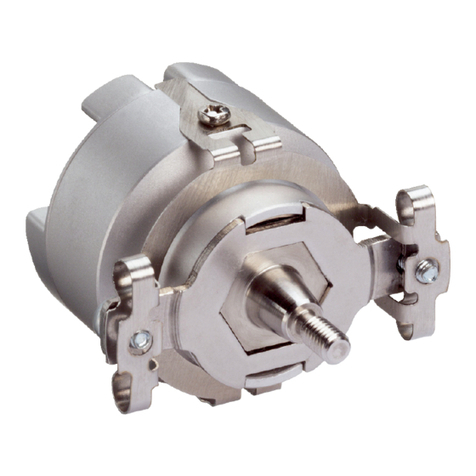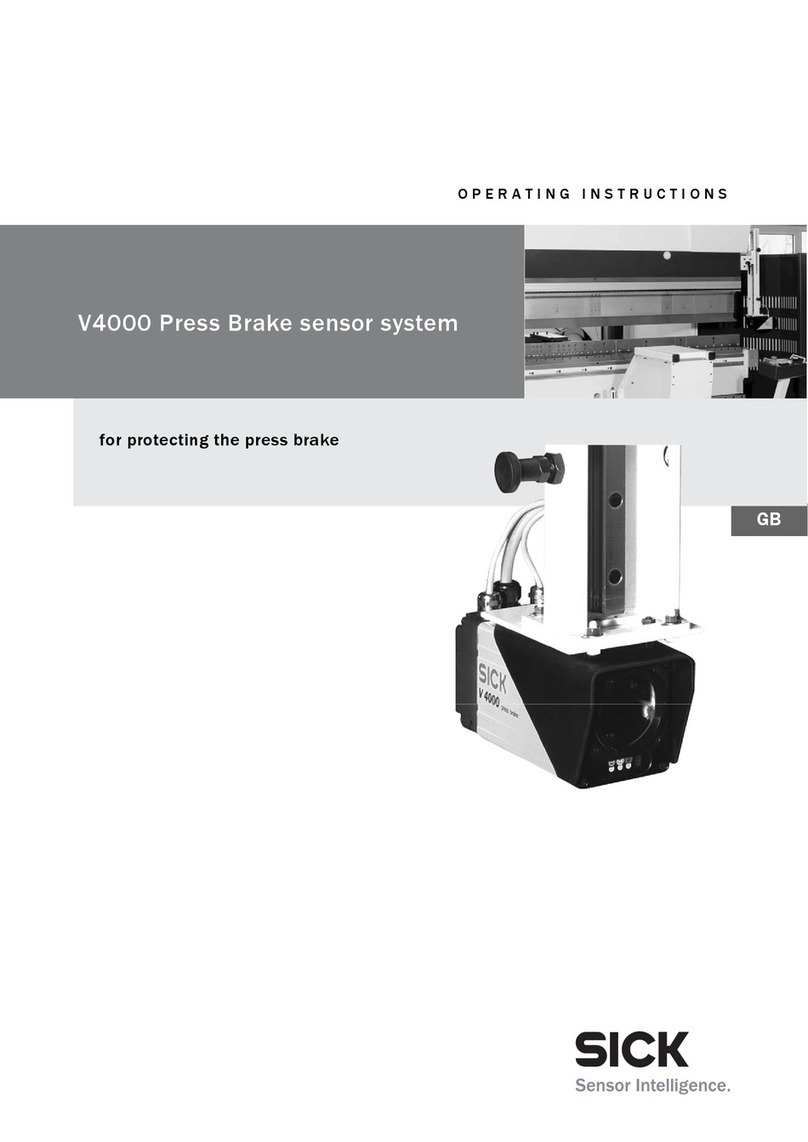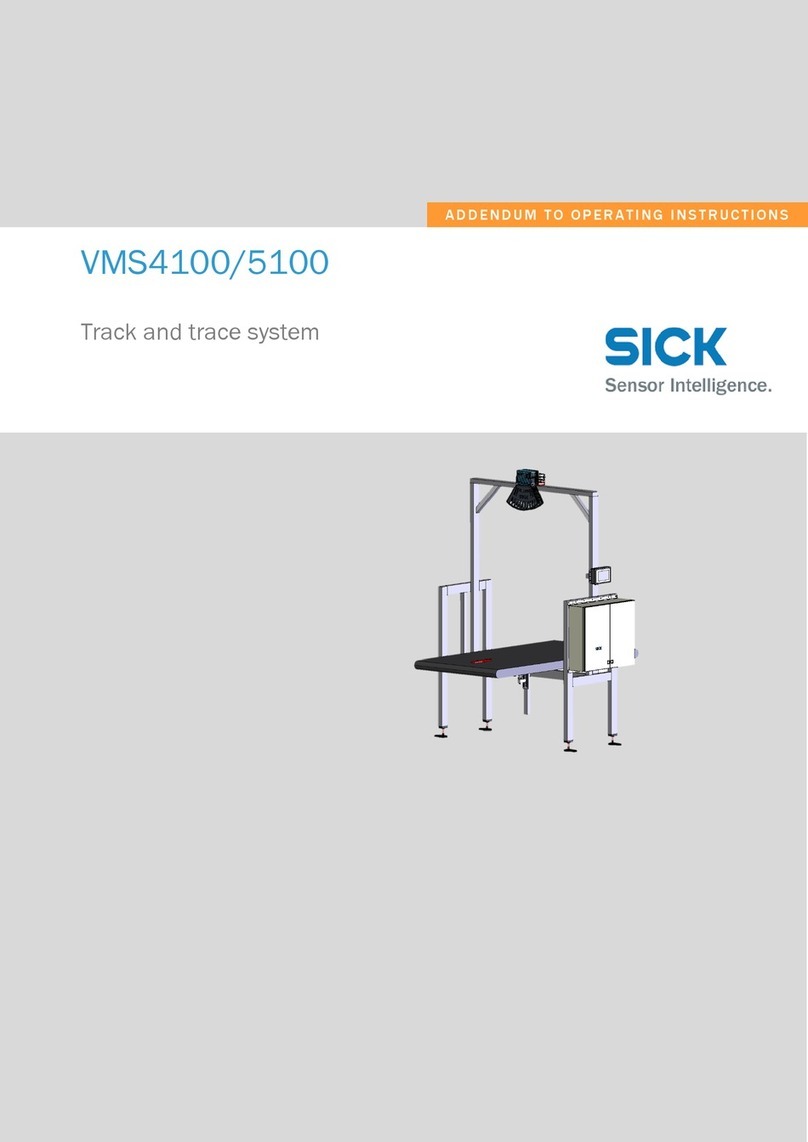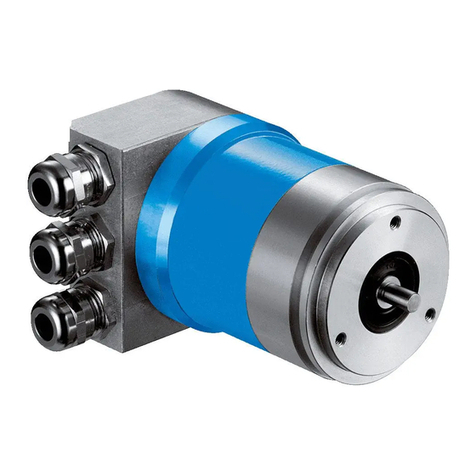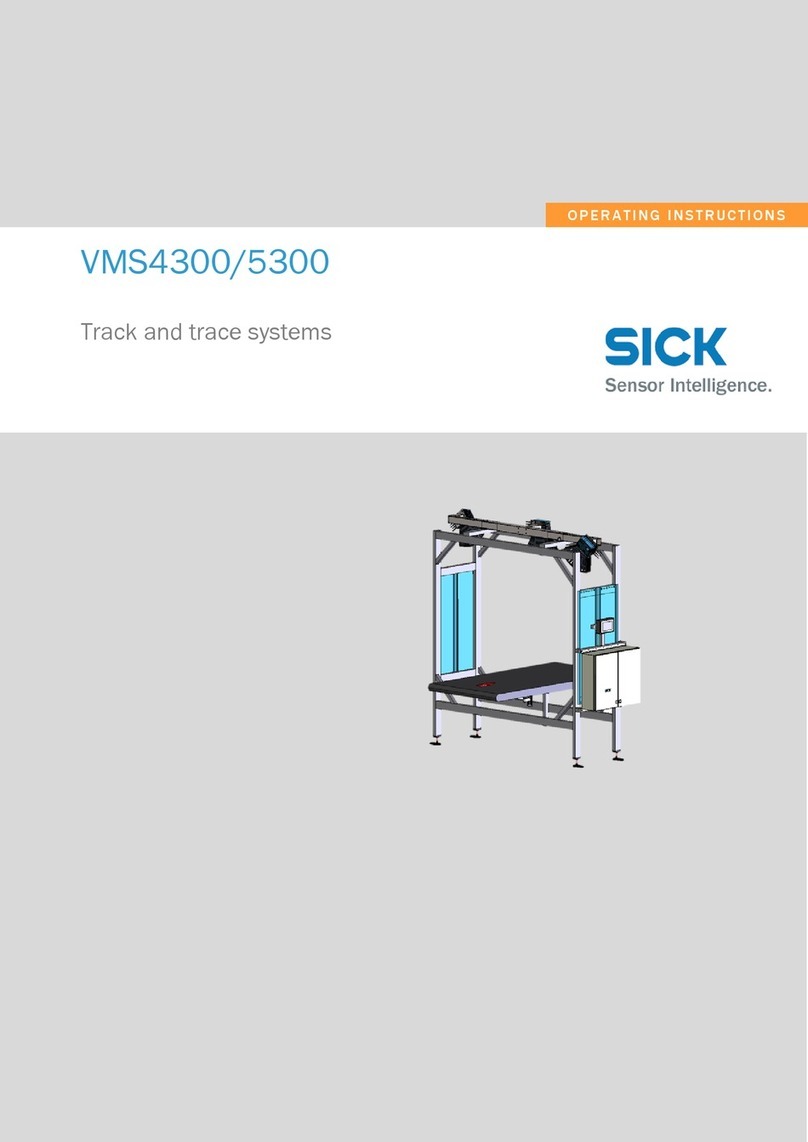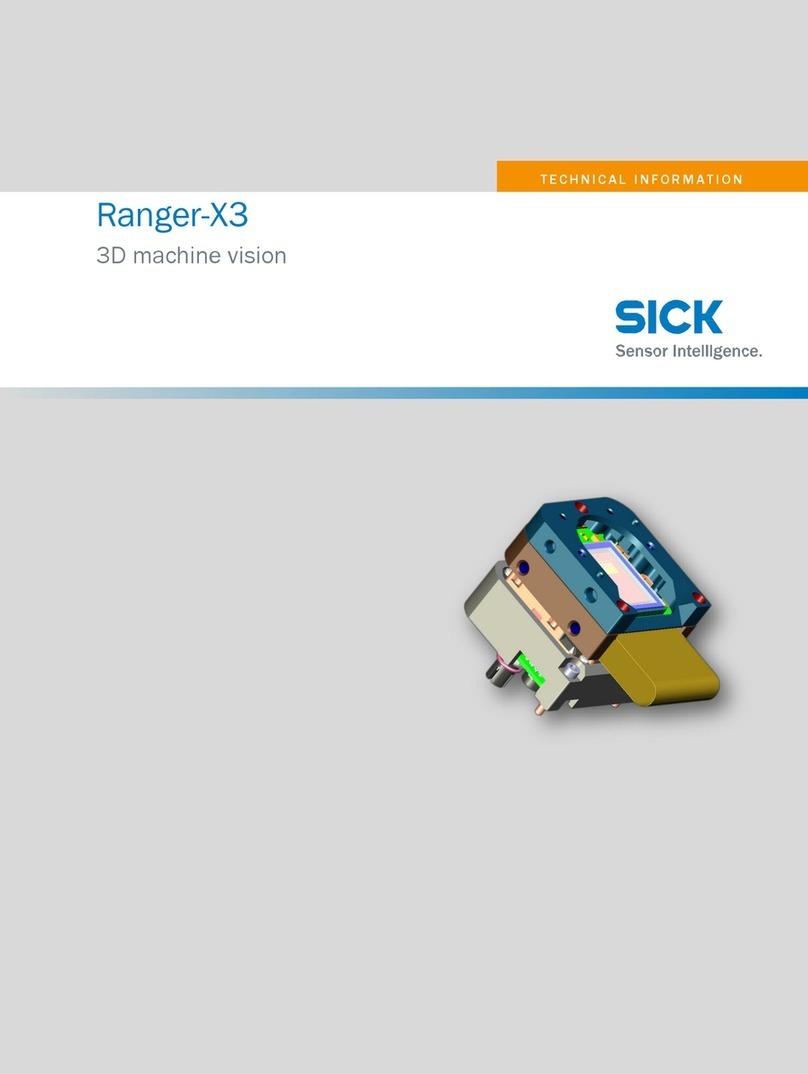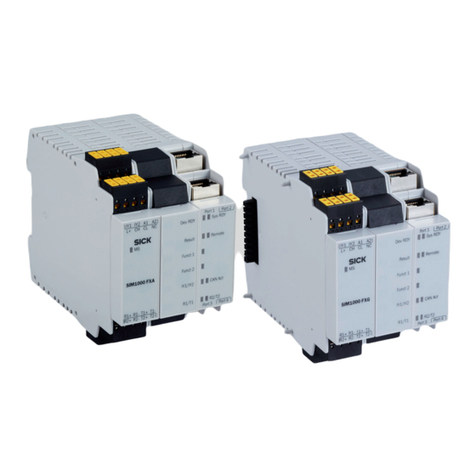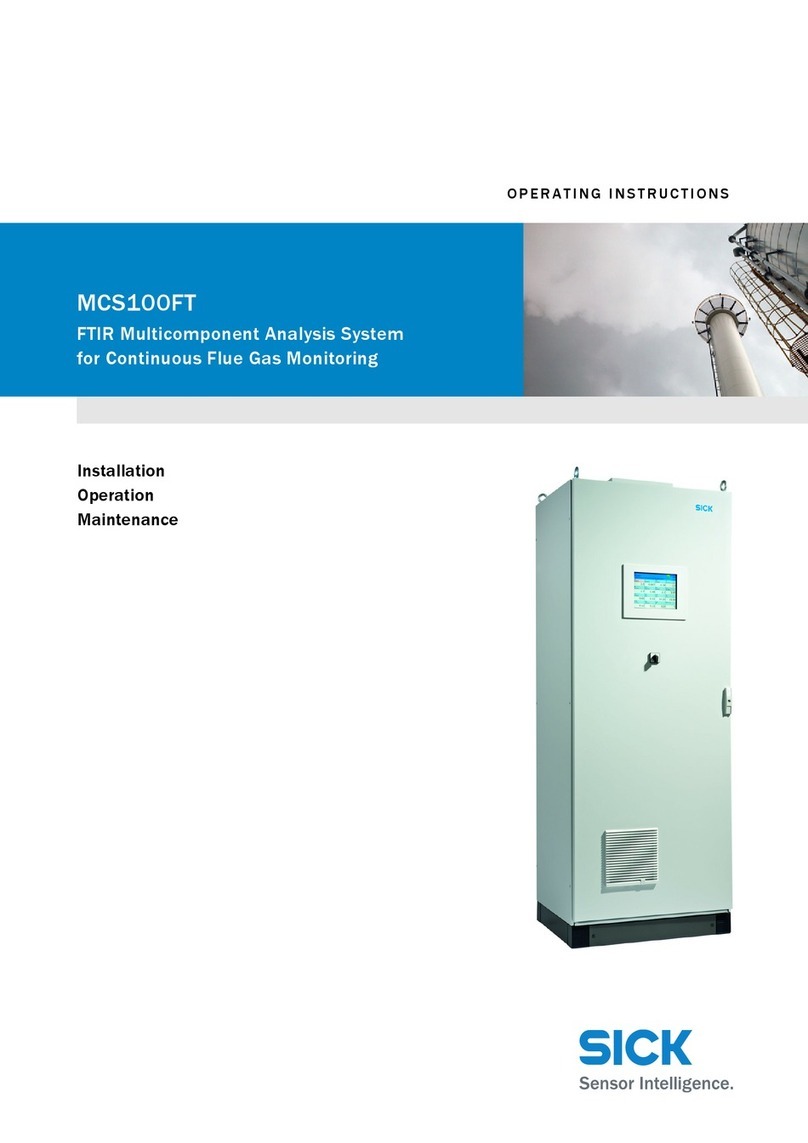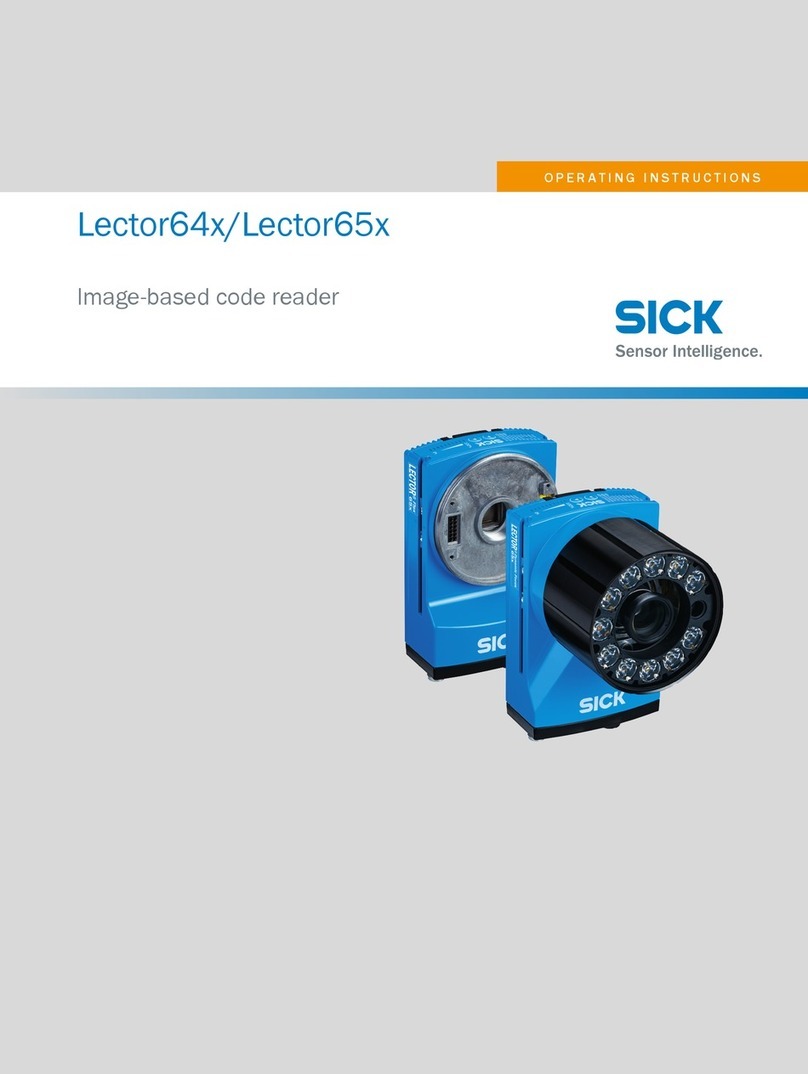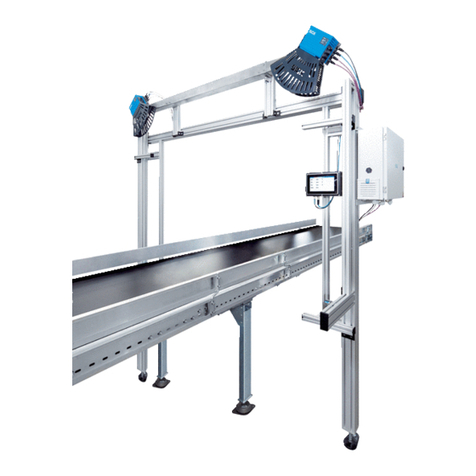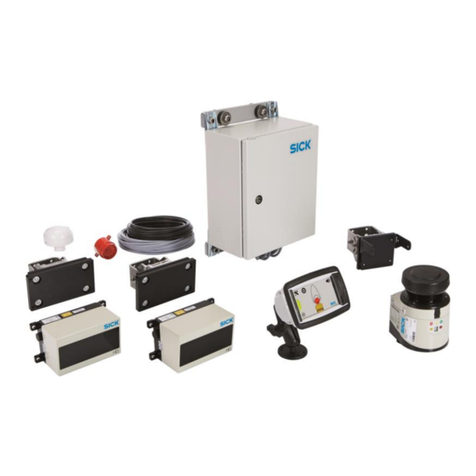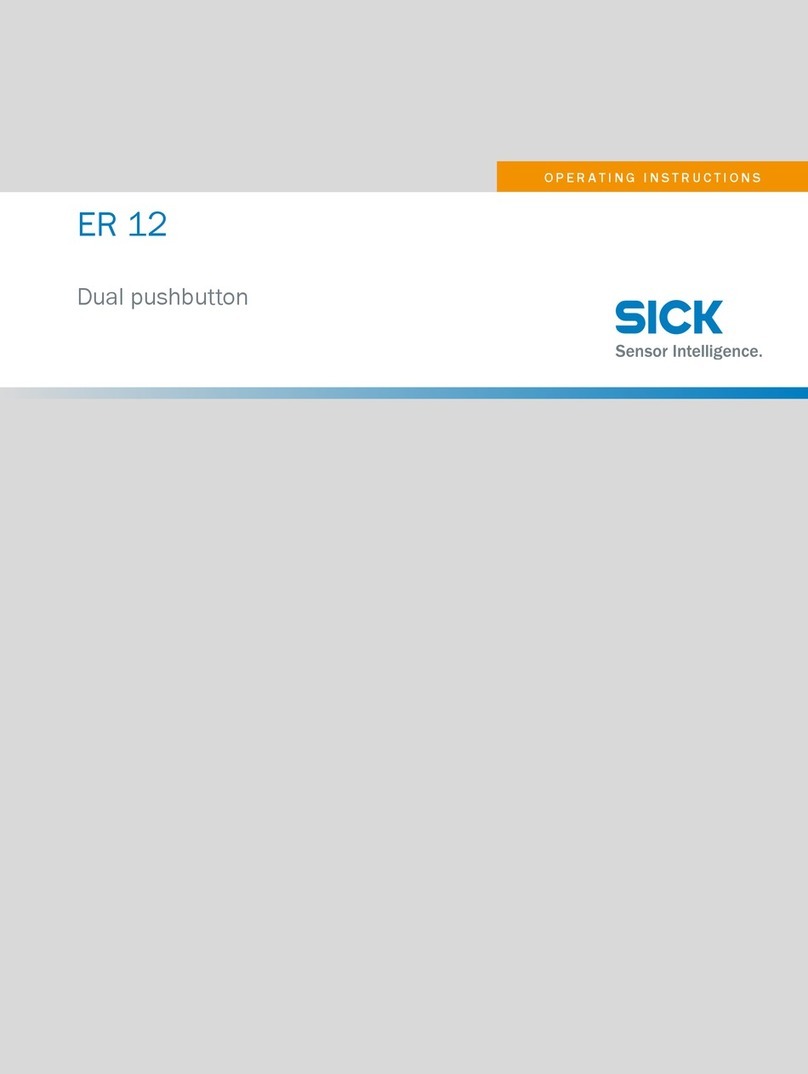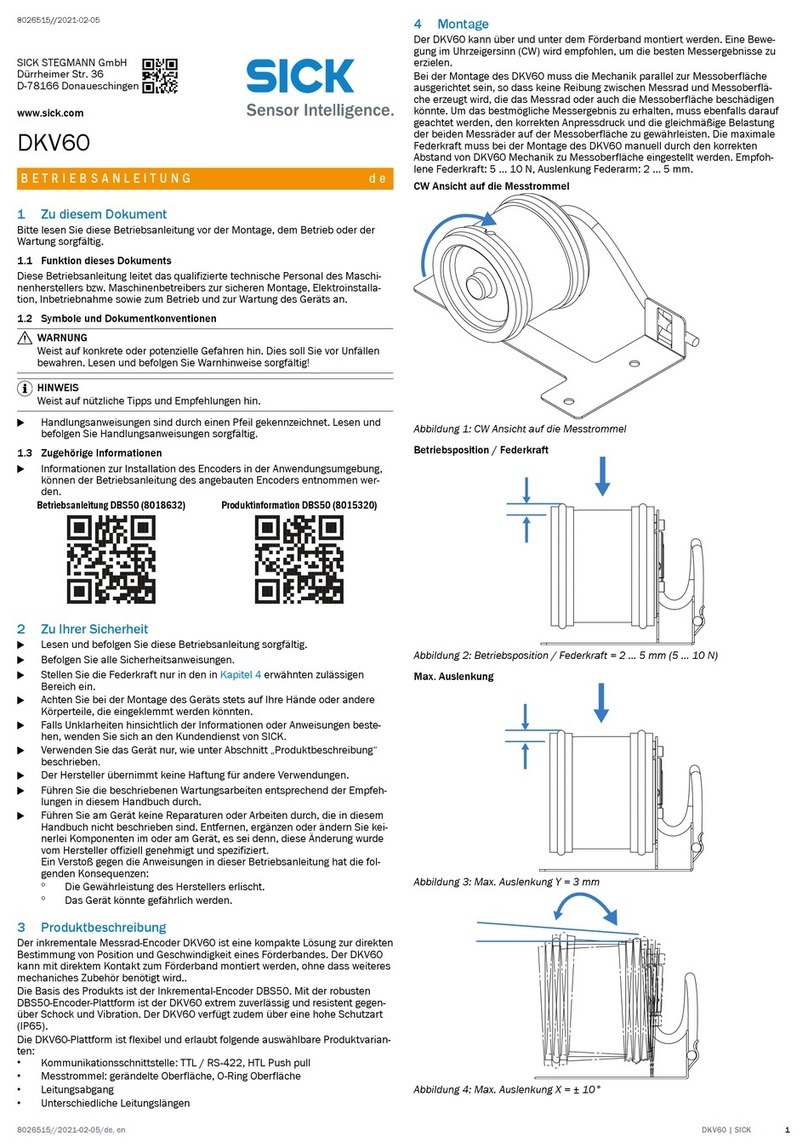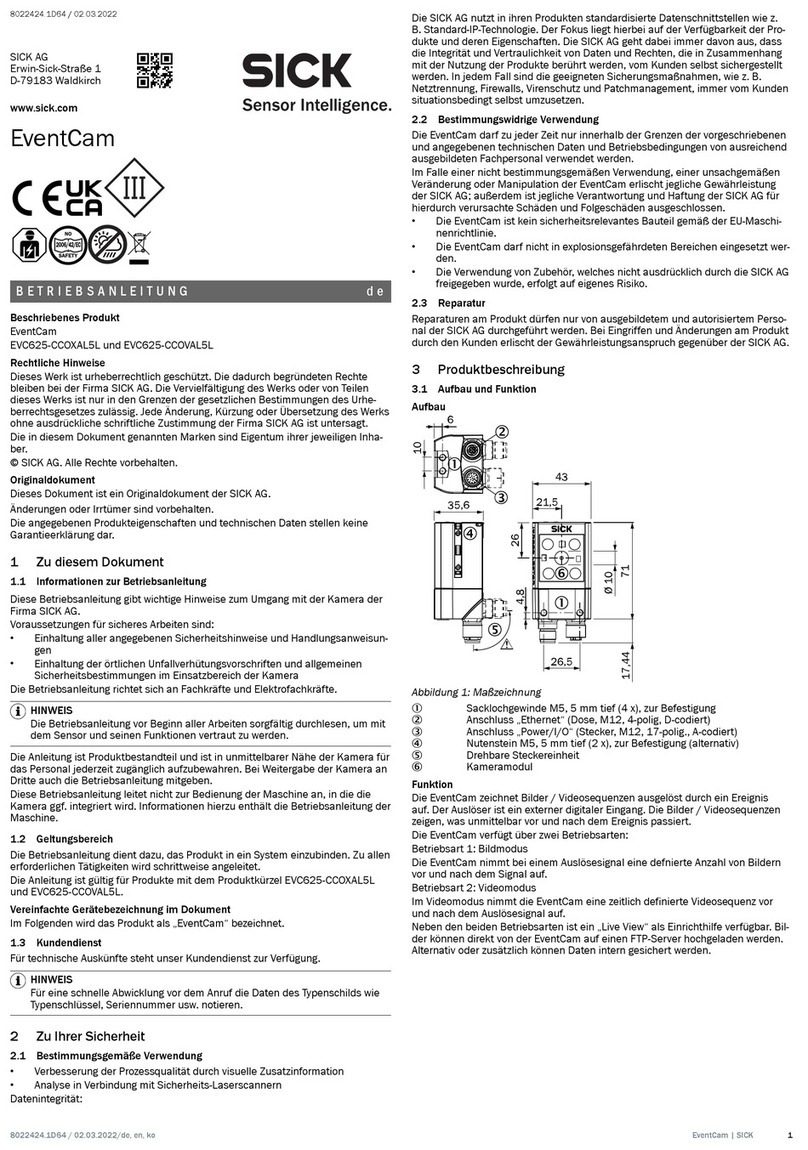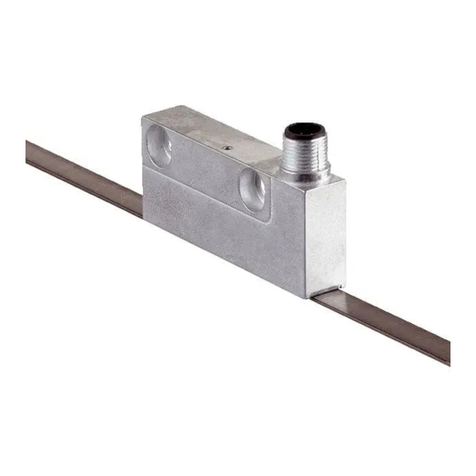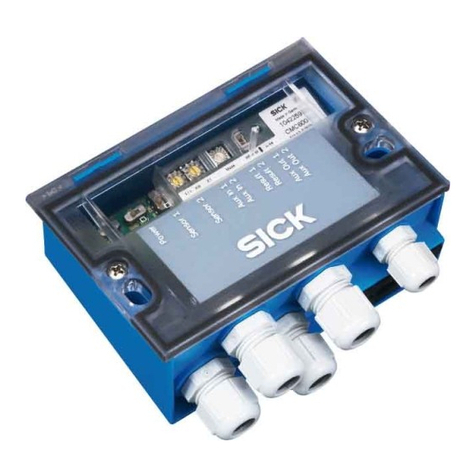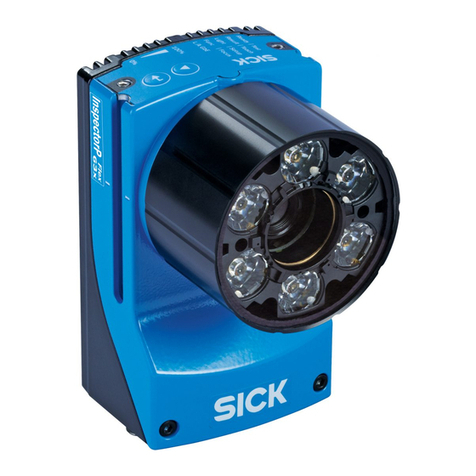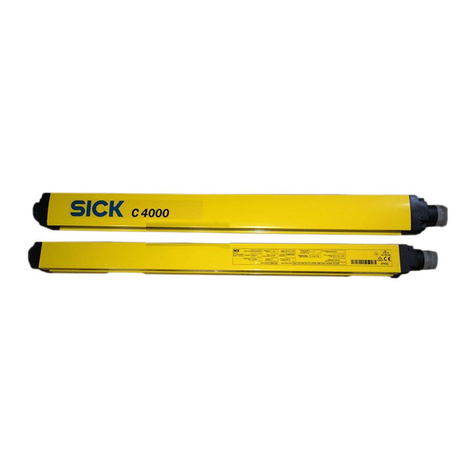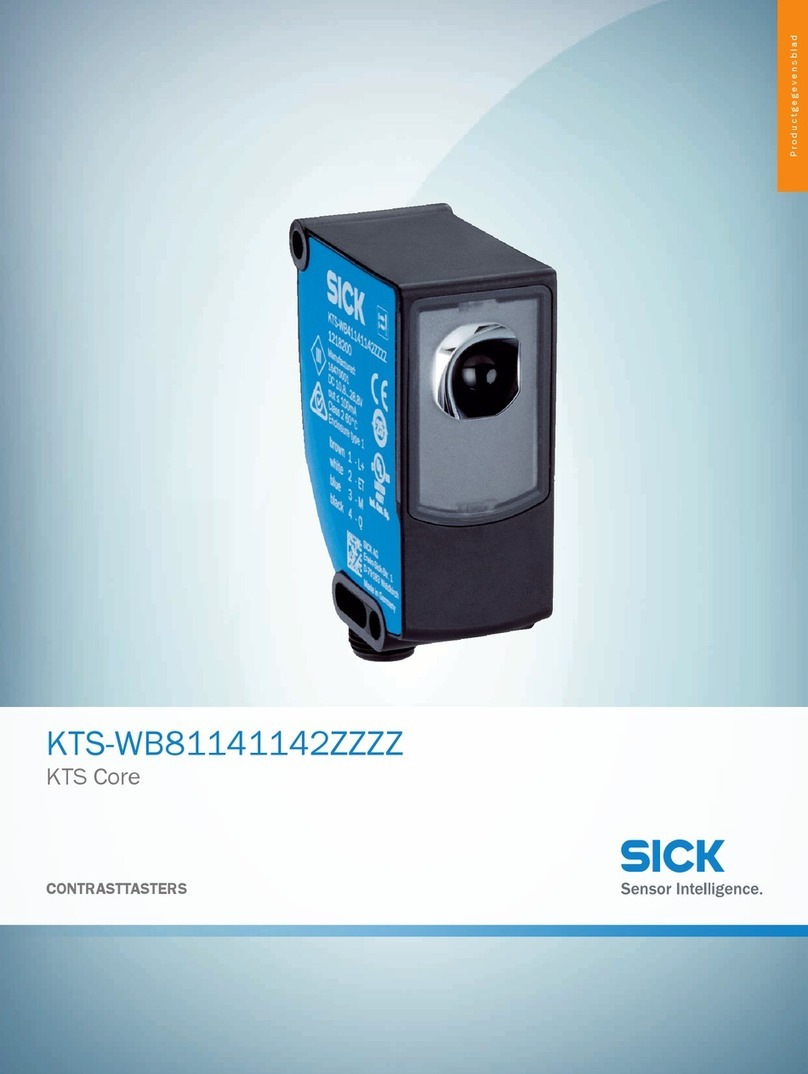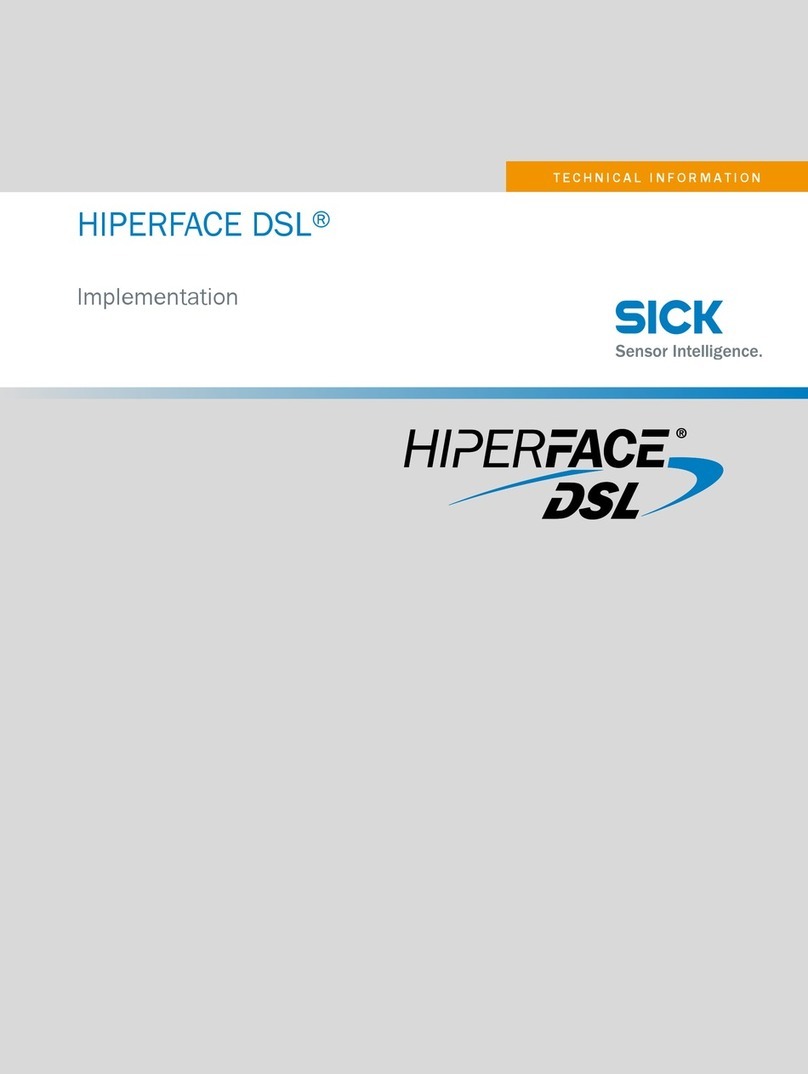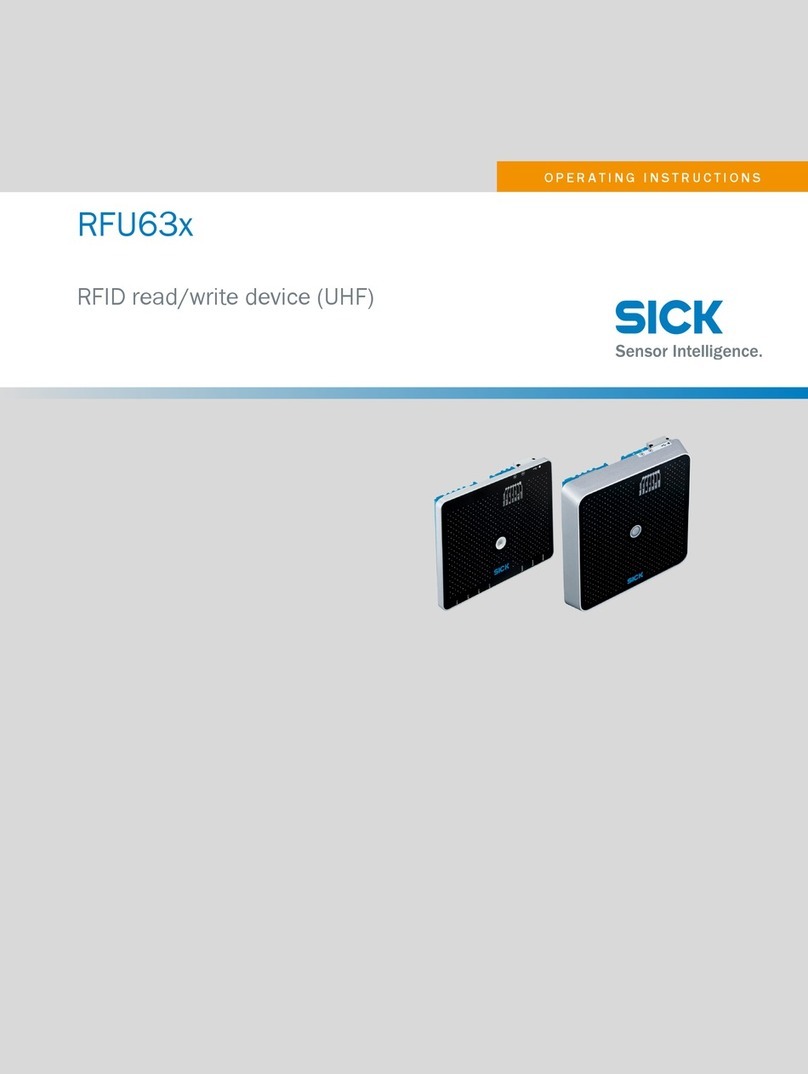
2.7 Requirements for skilled persons and operating personnel
WARNING
Risk of injury due to insufficient training.
Improper handling of the device may result in considerable personal injury and material
damage.
■All work must only ever be carried out by the stipulated persons.
The operating instructions state the following qualification requirements for the various
areas of work:
■Instructed personnel have been briefed by the operator about the tasks assigned
to them and about potential dangers arising from improper action.
■Skilled personnel have the specialist training, skills, and experience, as well as
knowledge of the relevant regulations, to be able to perform tasks delegated to
them and to detect and avoid any potential dangers independently.
■Electricians have the specialist training, skills, and experience, as well as knowl‐
edge of the relevant standards and provisions to be able to carry out work on elec‐
trical systems and to detect and avoid any potential dangers independently. In Ger‐
many, electricians must meet the specifications of the BGV A3 Work Safety Regu‐
lations (e.g. Master Electrician). Other relevant regulations applicable in other
countries must be observed.
The following qualifications are required for various activities:
Activities Qualification
Mounting, maintenance ■Basic practical technical training
■Knowledge of the current safety regulations in the workplace
Electrical installation,
device replacement
■Practical electrical training
■Knowledge of current electrical safety regulations
■Knowledge of device control and operation in the particular
application concerned (e.g. conveying line)
Commissioning, configura‐
tion
■Basic knowledge of the WindowsTM operating system in use
■Basic knowledge of the design and setup of the described
connections and interfaces
■Basic knowledge of data transmission
■Basic knowledge of bar code technology
Operation of the device for
the particular application
■Knowledge of device control and operation in the particular
application concerned (e.g. conveying line)
■Knowledge of the software and hardware environment for
the particular application concerned (e.g. conveying line)
Table 1: Activities and technical requirements
2.8 Hazard warnings and operational safety
Please observe the safety notes and the warnings listed here and in other chapters of
these operating instructions to reduce the possibility of risks to health and avoid dan‐
gerous situations.
The SIM4000 is classified as a device belonging to LED risk group RG 1 in accordance
with IEC 62471:-1:2006-07/EN 62471-1:2008-09. The status indicators operate with
blue, green, yellow, and red LEDs in an irregular flashing sequence.
SAFETY INFORMATION 2
8019317/2016-04-26 | SICK O P E R A T I N G I N S T R U C T I O N S | SIM4000 9
Subject to change without notice
